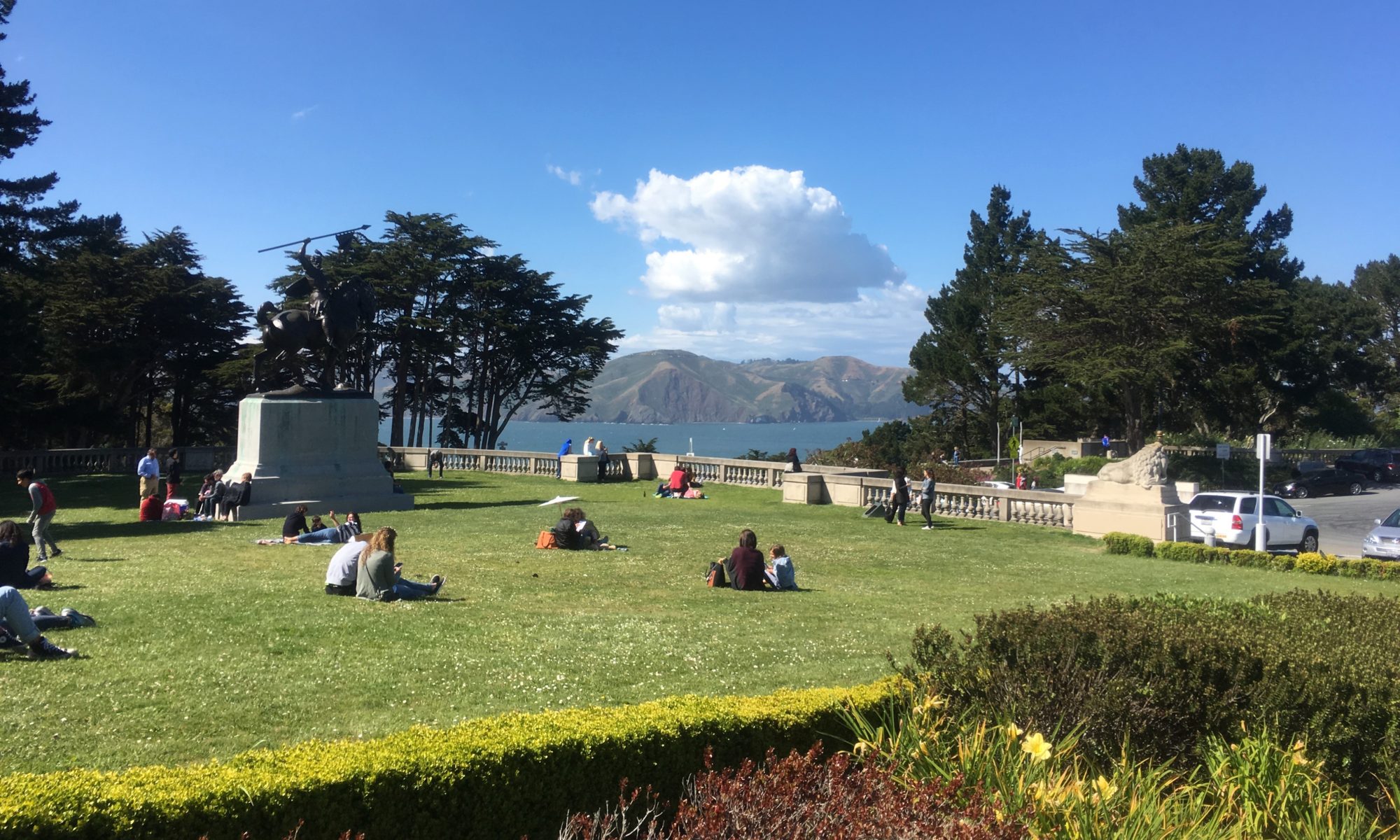By Dominic Fracassa : sfchronicle – excerpt
Three new mobile COVID-19 testing sites will open in San Francisco next week, as health officials race to expand testing capabilities ahead of a predicted surge of patients in the coming weeks.
San Francisco will have seven drive-through or drop-in testing sites operating once the three new locations become operational by the end of next week, though some of those locations are reserved only for health care employees and first responders.
The first two new sites are set to open early next week…One site will be in the Outer Sunset and one in Chinatown.
The third new mobile testing site, operated by the private health care network Brown & Toland, will open near Oracle Park by the end of next week…
All of the new sites will require a doctor’s referral before patients can be tested. Public health officials have stressed repeatedly that, because testing resources are limited, only people who meet certain criteria are eligible for testing…(more)

